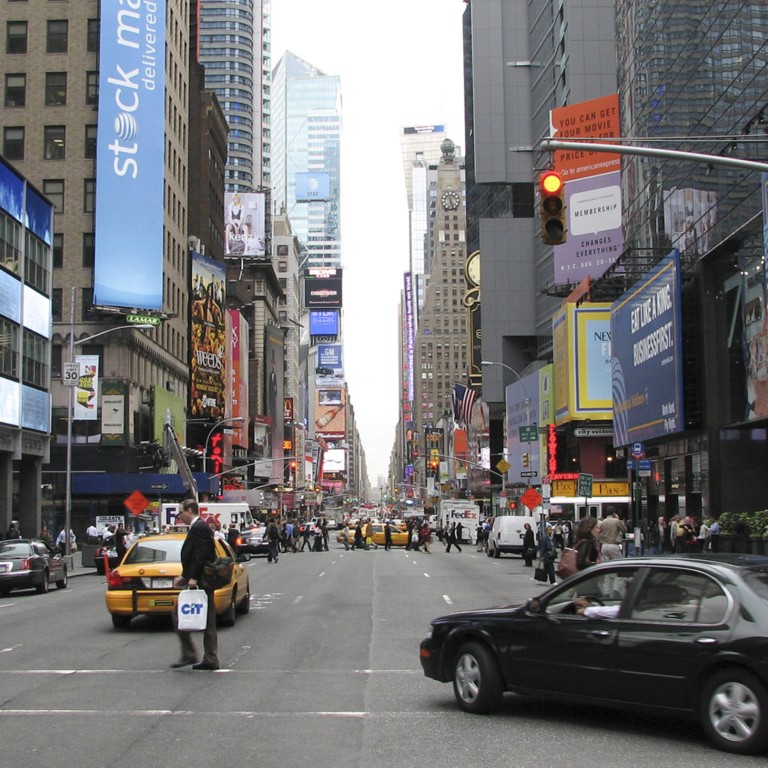
New | New York City property market still hot even as private equity cashes out
While private equity firms are cashing out of Manhattan, institutional investors and reits are keen on renovated buildings in Midtown South
The private equity and other pooled funds that have made century-old buildings some of the hottest properties in Manhattan have been cashing out at double the rate of a few years ago, but strong buying from other investors has assuaged fears that the market is peaking.
The institutional investors and real estate investment trusts that are taking private equity's place indicate a comfort level for older buildings that have been renovated in Midtown South, the district accounting for many of the transactions.
These buildings are now considered class A, whereas a decade ago they were not. The arrival of Apple, Facebook and Google over the past decade has made Midtown South, which extends for about 20 blocks south of 34th Street, the mecca for technology, advertising and media companies.
The rush by funds to acquire and renovate the district's warehouses and commercial "showroom" buildings is largely over as the better properties along the Fifth Avenue and Park Avenue South corridors have been fixed up and sold.
"Manhattan has been pretty picked over," said James Murphy, an executive managing director of commercial real estate company Colliers International.
Demand is so strong that the availability of office space in Midtown South was about half the US average in the second quarter.
The market for the bare-brick, open-space layouts that characterise the district took off in 2011, when Google paid US$1.9 billion for a 2.9 million-square-foot building in the Chelsea neighbourhood there.
Since then, Midtown South rents had shot up to record levels nearing US$75 a square foot, Murphy said. That is still less than what the glass-and-steel office buildings fetch in Midtown but pricier than downtown, where demand is more scattered.
Leasing and sales have been strong over the past 18 months. Some institutional and even foreign investors are buying significantly renovated buildings despite their less attractive locations in the middle of a block.
"That's something you really have not seen before," Murphy said.
Pooled funds have been a leader in the buying and selling of buildings since the recession. Purchases and sales by these firms were almost equal at more than US$12 billion each from 2011 to 2013, Colliers data for Manhattan showed.
But selling by this group picked up over the past six quarters, when it also topped US$12 billion. Purchases also accelerated, yet the volume was just above US$8 billion, indicating the beginning of an exodus.
Real estate investment manager Clarion Partners and investment firm William Macklowe bought the 85,000 sqft building at 636 Sixth Avenue in 2011 for about US$45.2 million, up from the 2004 sale price of US$29 million, according to media reports.
Clarion, which oversees commingled funds and separately managed accounts, spent between US$10 million and US$12 million in renovation and leasing costs. It recouped some of the investment in the building, constructed in 1902, when financial services company TIAA-CREF picked up an 18,280 sqft retail condominium there for US$42 million in December.
With its long-term lease, the condominium had minimal upside, said Margaret Egan, an asset manager at Clarion.
"That's what some owners do," she said. "You ride the building up a little bit, and when it's time to sell off a piece and monetise that and take a nice return, you do that."
Now many private equity firms had been able to exit before completing the business plans for a building, said Woody Heller, an executive managing director at real estate company Savills Studley unit in New York.
In a very short period, he said, private equity funds had enjoyed tremendous appreciation in the value of their real estate and sold after hitting their metrics.
But that does not indicate a market peak. Heller said investors had become more ambitious, willing to overlook a building not yet fully leased or renovated, or a problem that could prove an obstacle in a less desirable area.
"They're desperate to buy product," Heller said. "There's scarce little of it, and so they're willing to absorb whatever minor remaining risk is perceived to exist."

